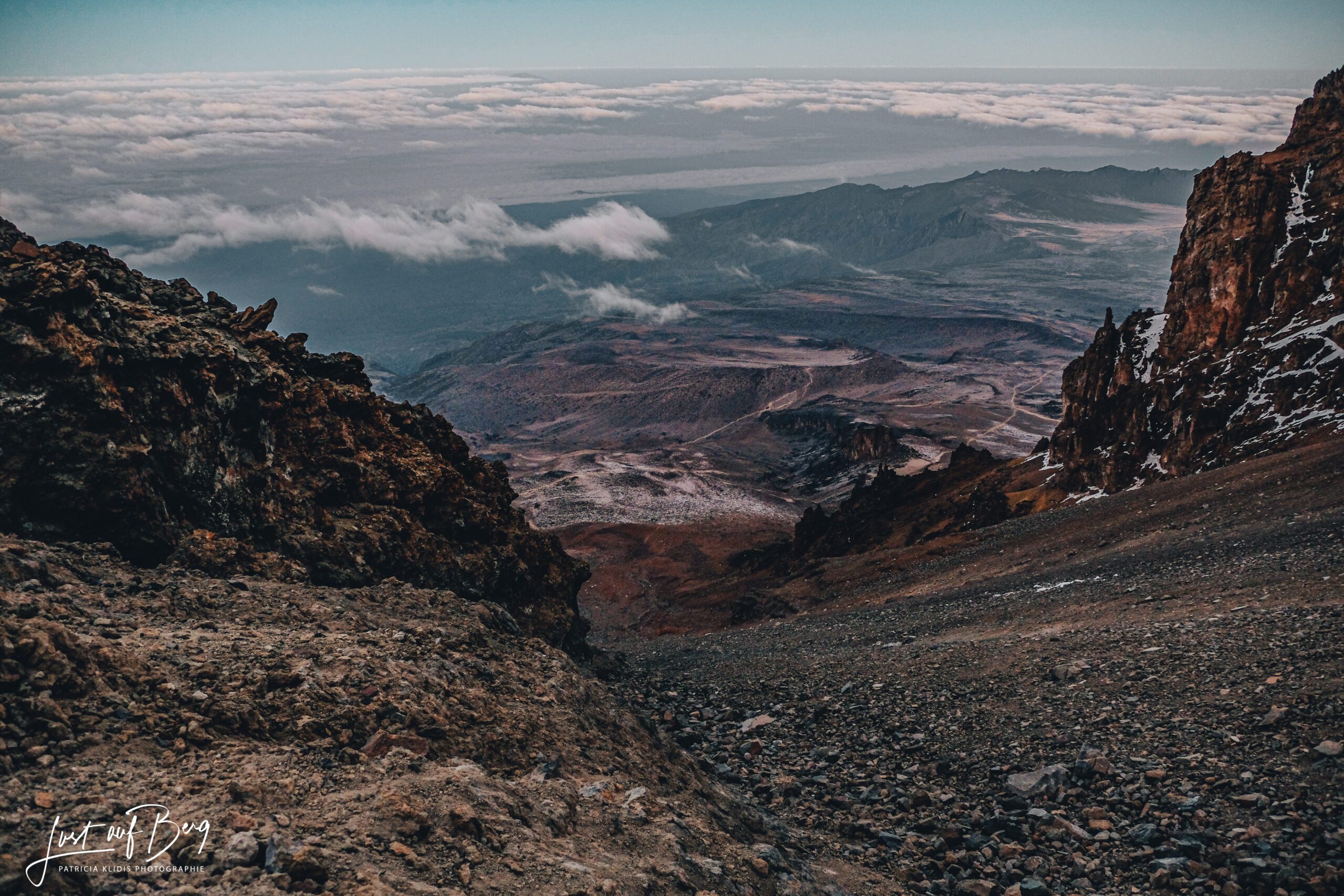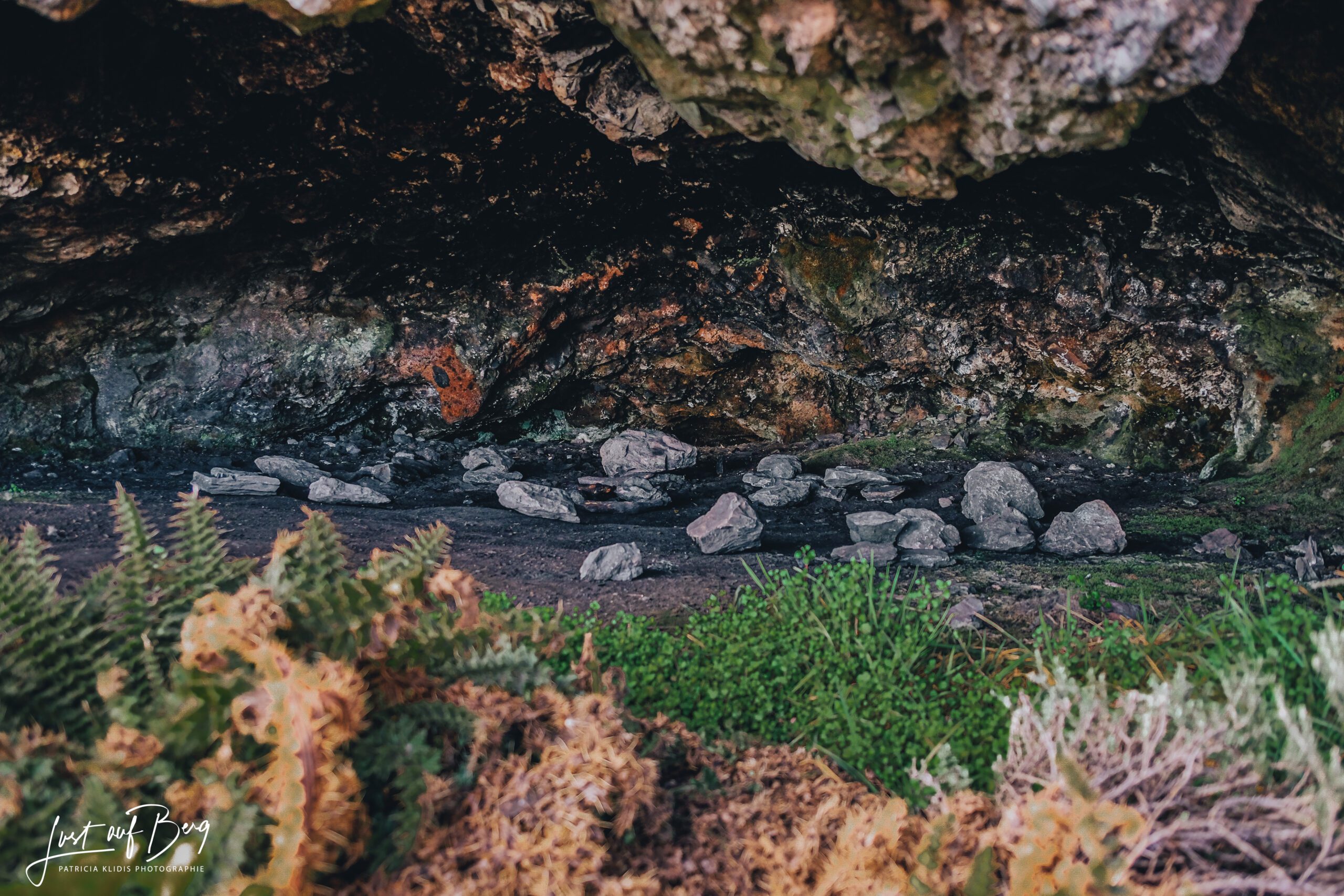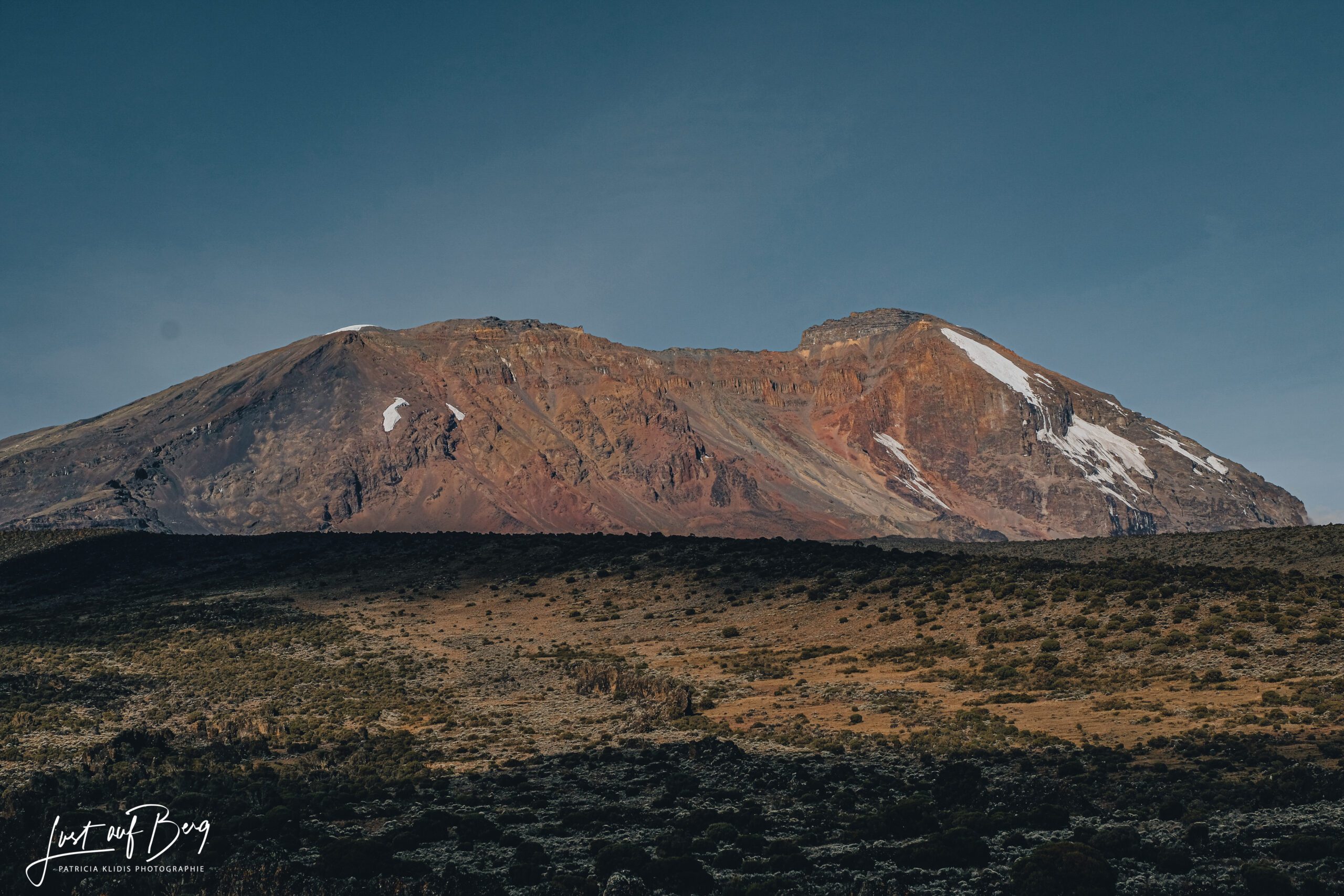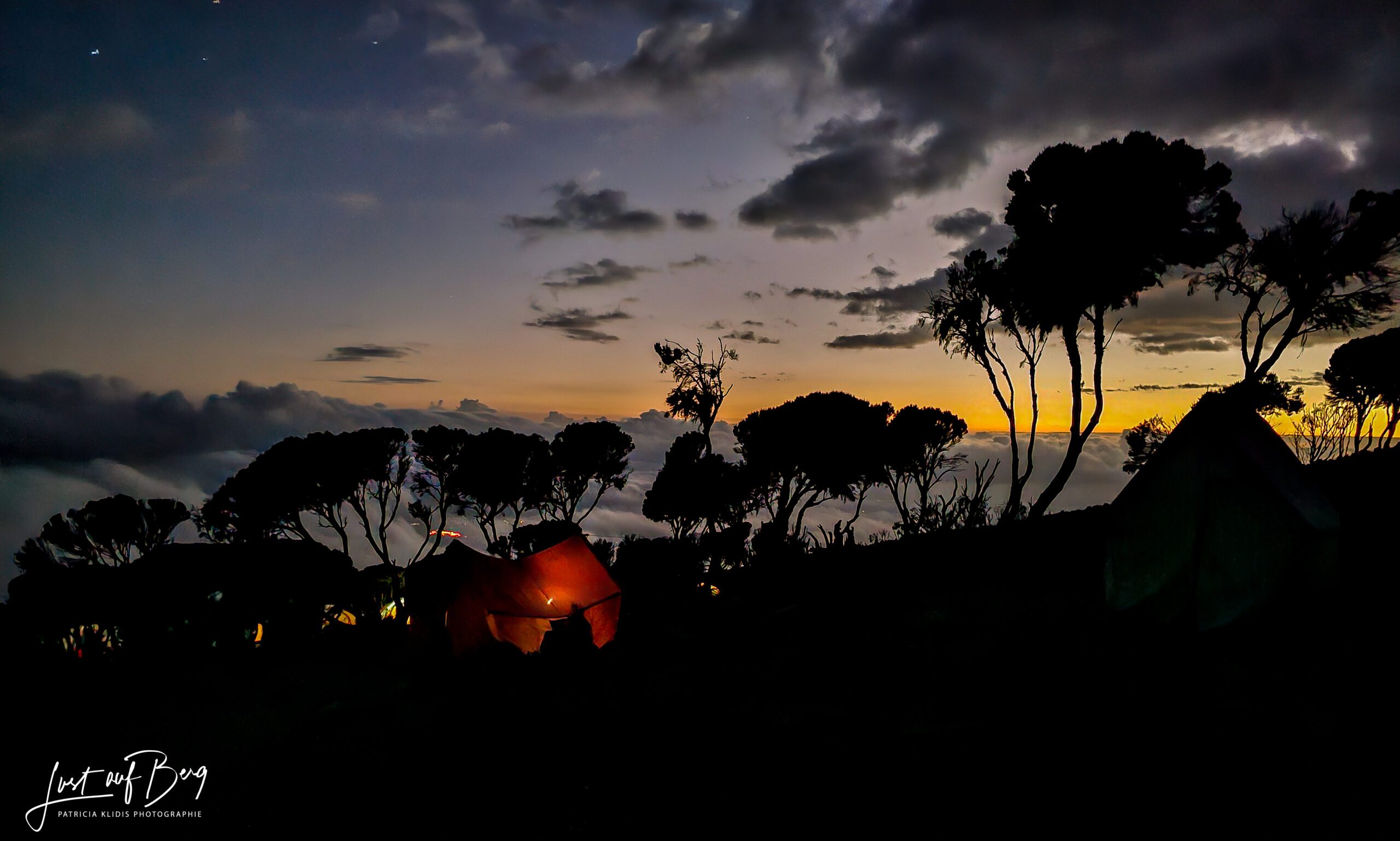Conquer the Clouds: An SEO Blog Post on the Umbwe Route, Kilimanjaro’s Toughest Trek
Mount Kilimanjaro, the “Roof of Africa,” beckons adventure seekers from all over the world. But for those who crave a challenge beyond the ordinary, the Umbwe Route offers a truly unforgettable experience. This six-day trek is known for its dramatic scenery, diverse terrain, and, of course, its grueling difficulty.
Why Choose the Umbwe Route?
- Challenge Yourself: The Umbwe Route is widely considered the most difficult route on Kilimanjaro. With steep ascents, exposed trails, and high altitude, it’s a test of both physical and mental strength. If you’re looking to push your limits and experience the thrill of conquering a formidable mountain, the Umbwe Route is for you.
- Unforgettable Scenery: The Umbwe Route traverses a variety of stunning landscapes, from the lush rainforest at the base to the barren alpine desert near the summit. Hikers will encounter waterfalls, glaciers, and panoramic views of the surrounding mountains.
- Unique Experience: The Umbwe Route is less trafficked than other Kilimanjaro routes, offering a more remote and wilderness experience. Hikers are more likely to spot wildlife, such as colobus monkeys and eagles, along the way.
What to Expect on the Umbwe Route:
- Day-by-Day Breakdown: Provide a brief overview of each day’s trek, highlighting the key features and challenges. Include details on distance, hiking time, and habitat types.
- Challenges: Don’t shy away from the difficulty of the route. Mention the steep climbs, exposed trails, and high altitude, and how they can impact hikers.
- Acclimatization: Stress the importance of proper acclimatization to avoid altitude sickness. Provide tips on how to prepare for the trek and adjust to the increasing altitude.
Preparing for the Umbwe Route:
- Physical Fitness: The Umbwe Route is no walk in the park. Hikers need to be in excellent physical condition with strong legs and good endurance.
- Gear: Invest in proper hiking gear, including sturdy boots, warm clothing, and rain gear. The weather on Kilimanjaro can be unpredictable, so it’s important to be prepared for anything.
- Mental Preparation: The Umbwe Route is both physically and mentally demanding. Be prepared for long days on the trail, challenging conditions, and the possibility of altitude sickness.
Conclusion:
The Umbwe Route is not for the faint of heart. It’s a challenging trek that requires careful preparation and a strong sense of adventure. But for those who are up for the challenge, it offers an unforgettable experience that will leave you with a newfound appreciation for the beauty and power of Kilimanjaro.
Itinerary
Distance: 9.6 kilometers (6 miles)
Hiking time: 6-8 hours
Habitat: Montane forest
The trek begins at the Umbwe Gate (1,640 meters/5,380 feet) and ascends steeply through the lush rainforest. The trail is narrow and muddy, and you'll be hiking through thick vegetation. Keep an eye out for colobus monkeys and other wildlife in the forest. Umbwe Cave Camp is located at 2,930 meters (9,610 feet) in a sheltered location among the trees.
Distance: 4.75 kilometers (3 miles)
Hiking time: 4-6 hours
Habitat: Moorland
On day two, you'll leave the forest behind and enter the moorland zone. The trail becomes more exposed, and the views of the surrounding mountains begin to open up. This section of the trek is challenging, with a steep ascent to Barranco Camp (3,960 meters/13,000 feet).
Distance: 5.2 kilometers (3 miles)
Hiking time: 3-4 hours
Habitat: Alpine desert
Day three takes you through the Barranco Wall, a series of steep cliffs and ridges. The trail is challenging, but the views are incredible. From the top of the Barranco Wall, you'll have stunning views of the Barranco Valley and the Kibo Glacier. Karanga Camp is located at 4,035 meters (13,240 feet) in a dramatic location on a ridge overlooking the valley.
Distance: 3.3 kilometers (2 miles)
Hiking time: 3-4 hours
Habitat: Alpine desert
On day four, you'll continue along the ridge towards Barafu Camp. The trail is relatively flat, but the altitude is starting to take its toll. You'll likely start to feel the effects of altitude sickness, such as headaches, dizziness, and shortness of breath. Barafu Camp is located at 4,640 meters (15,230 feet) on a rocky plateau with views of the summit.
Distance: 12.5 kilometers (7.8 miles) round trip
Hiking time: 7-12 hours
Habitat: Alpine desert
Summit day is the most challenging day of the trek. You'll start hiking in the pre-dawn hours, aiming to reach Uhuru Peak (5,895 meters/19,341 feet) for sunrise. The trail is steep and scree-covered, and the altitude makes it difficult to breathe. However, the views from the summit are worth the effort. After reaching the summit, you'll descend to Mweka Camp (3,080 meters/10,100 feet) for the night.
Distance: 10 kilometers (6 miles)
Hiking time: 3-4 hours
Habitat: Montane forest
The final day of the trek is a descent back through the rainforest to the Mweka Gate. The trail is steep and muddy, but it's a welcome relief after the challenges of summit day. Once you reach the Mweka Gate, you'll be transferred back to your hotel in Moshi or Arusha.












